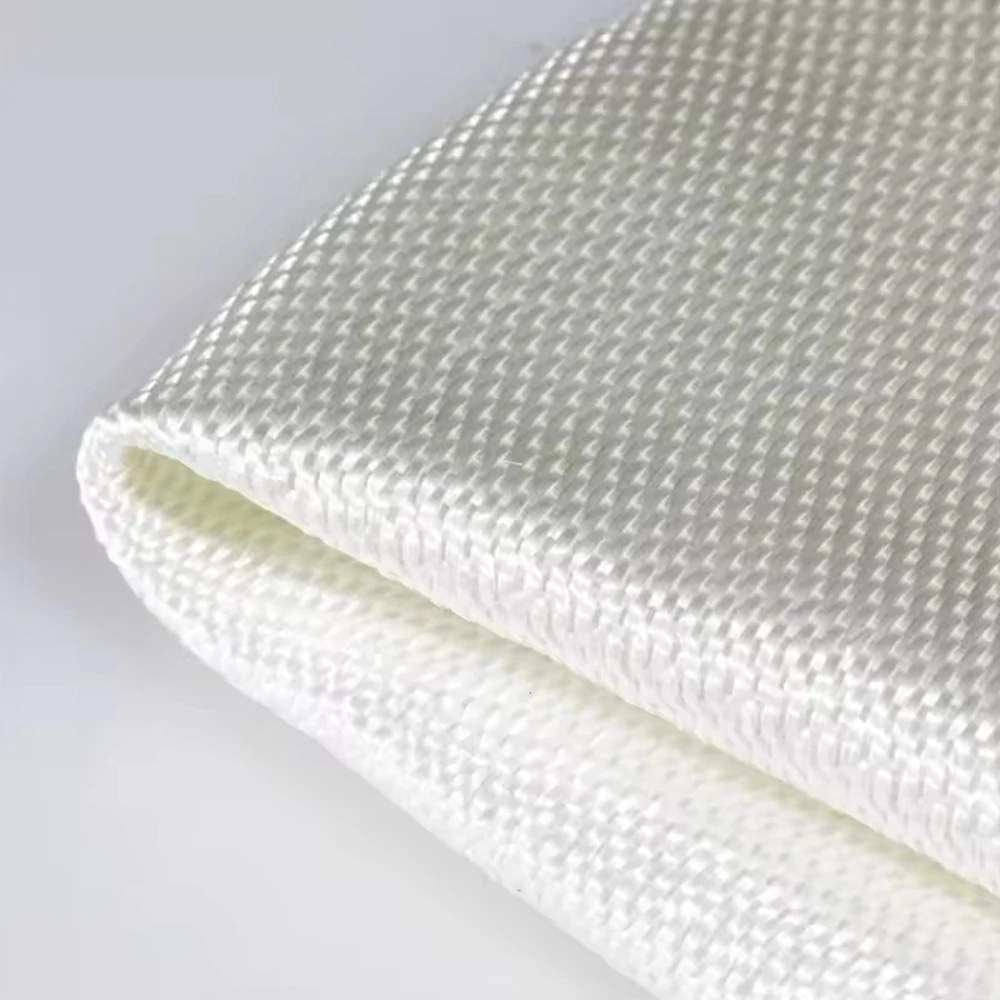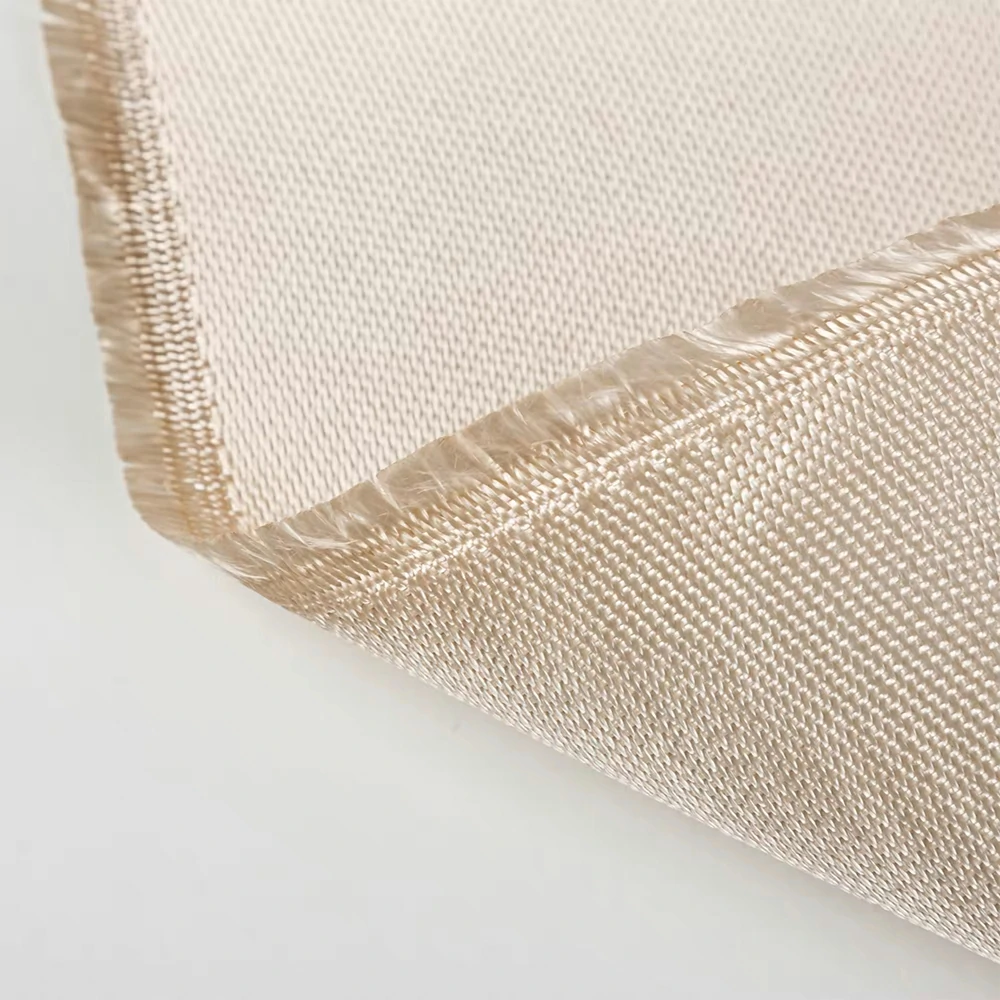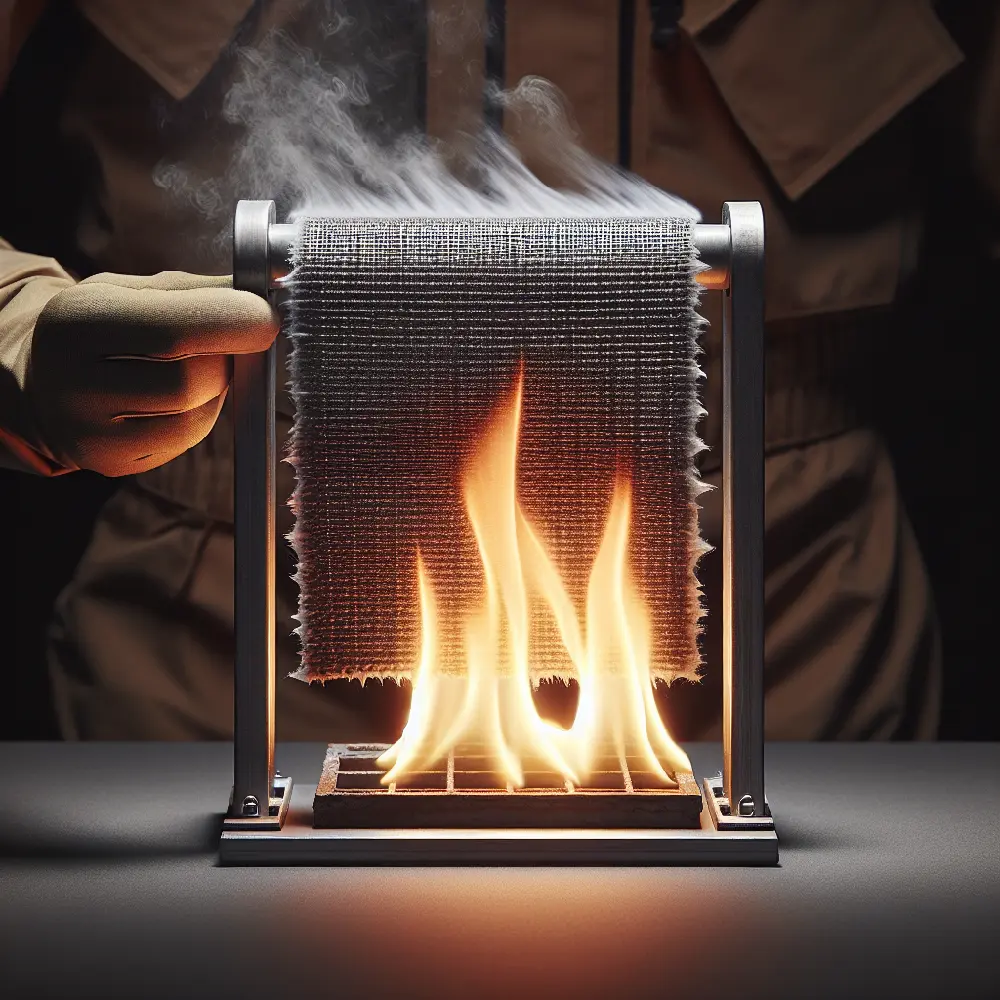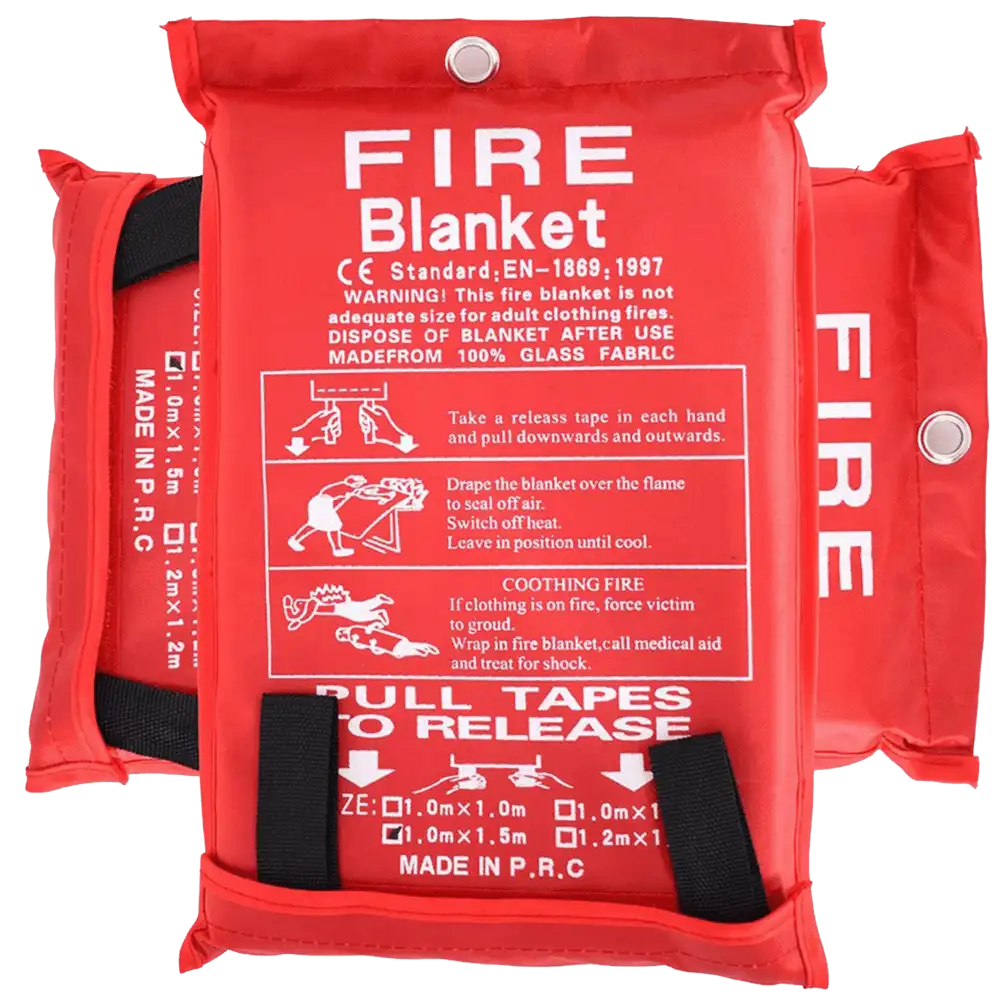In a world pushing the limits of engineering, heat-resistant materials are the silent guardians against the perils of extreme heat. The heat resistance of these materials is pivotal, safeguarding everything from the engines propelling us into the sky to the cookware in our kitchens. Their resistance is twofold: they stand staunch against both blistering temperatures and the insidious creep of chemicals and corrosion. Heat-resistant products, which range from industrial sealants to household fire blankets, are champions of durability and safety.
What Are Heat-Resistant Materials?

Heat-resistant materials are specialized substances able to withstand high temperatures without losing their functionality. They are essential in industries where extreme heat is a norm.
Key Properties:
- High melting points, resisting temperatures well above 1,000°C.
- Low thermal conductivity, providing excellent insulation.
- Resistance to thermal shock, maintaining integrity despite sudden temperature changes.
- Durability against corrosion, even in aggressive environments.
Main Types:
- Ceramics, used for their exceptional heat and wear resistance.
- Metals and Alloys, like stainless steel, are chosen for strength at high temperatures.
- Composites, valued for their tailored properties in heat-intensive applications.
- Advanced Polymers, increasingly heat-resistant due to advances in material science.
Heat-resistant materials are critical for safe and efficient operations in sectors from aerospace to manufacturing, ensuring performance in the face of extreme heat.
Common Heat-Resistant Material Products:

Tape That is Heat-Resistant
1. Description and Composition:
Heat-resistant tape is crafted from materials like fiberglass, silicone, or PTFE. Its robust composition allows it to operate effectively across a wide temperature range, often between -73°C to 260°C (-100°F to 500°F), offering reliable performance in extreme environments.
2. Uses and Benefits:
This tape seals and protects against high temperatures, extreme heat, and occasional flames, with applications spanning from automotive repairs to protecting circuit boards during soldering. Its corrosion-resistant nature ensures longevity, and it's valued for its ease of use and effective cost management in various industries.
Sealant That is Heat-Resistant

1. Types of Heat-Resistant Sealants:
Ranging from silicone to epoxy, heat-resistant sealants are designed to fill gaps and join components, maintaining a firm hold even at high temperatures. Each type is suited to different mechanical properties and applications.
2. Application Areas:
Used in construction, automotive, and even in aerospace, these sealants provide a barrier against heat and chemicals, often capable of withstanding temperatures up to 315°C (600°F). They play a crucial role in fire protection and maintaining structural integrity.
Casing That is Heat-Resistant and Fire-Resistant

1. Material Qualities and Types:
Casing materials, such as stainless steel and reinforced composites, are selected for their ability to resist extreme temperatures and thermal shock. These casings are often the result of high-performance injection molding processes.
2. Industrial and Consumer Uses:
Heat and fire-resistant casings are essential in safeguarding electronics, machinery, and even building components from fire hazards, functioning as a shield that secures the contents within from the onslaught of direct flames and intense heat.
Fire Blanket That is Heat Resistant

1. Material Construction and Performance:
Constructed from materials like wool coated with flame-resistant substances, fire blankets can endure direct contact with flames. They are a testament to heat resistance, tailored to smother fires by cutting off the oxygen supply.
2. Practical Applications and Safety Implications:
These blankets are a staple in kitchens, laboratories, and welding stations, providing a quick-response solution to quell fires and prevent the spread of flames, illustrating the critical application of heat-resistant products in ensuring safety.
Application Of Heat-Resistant Products:

Industrial Applications
1. Automotive and Aerospace
Heat-resistant materials are vital in the automotive and aerospace industries, where components must endure high temperatures and resist corrosion without sacrificing performance. These materials are used in engine components, exhaust systems, and heat shields. Their ability to withstand extreme temperatures and protect against the effects of high-speed air and friction make them indispensable.
2. Construction and Manufacturing
In construction and manufacturing, heat-resistant products play a crucial role. From fire-resistant casing in buildings to heat-resistant sealants in machinery, these products ensure the integrity and longevity of structures and equipment. They're designed to handle extreme environments routinely encountered in these sectors, ensuring safety and functionality.
Commercial and Domestic Applications

1. Household Safety
In our homes, heat-resistant materials are integrated into various safety devices, including fire alarms, extinguishers, and emergency escape tools. They are essential for maintaining a safe living environment, capable of offering protection against extreme heat and potential fire hazards.
2. Consumer Electronics
Heat resistance is also critical in consumer electronics, where heat-resistant casings and components are used to manage the temperatures generated by devices. This ensures that electronics operate within safe temperature ranges, preventing overheating and potential damage.
Specialized Applications

1. Protective Gear and Clothing
Heat-resistant materials are used to create protective gear and clothing for jobs that expose workers to high-heat conditions, such as firefighting and metalworking. These products provide essential protection, enabling wearers to perform their tasks in extreme environments without compromising safety.
2. Emergency Services Support
Emergency services rely on heat-resistant products for fire protection and during rescue operations. Fire blankets, heat-resistant barriers, and other protective gear are crucial in protecting first responders and victims from extreme heat and flames during emergencies.
In every application, the use of heat-resistant materials and products is a testament to our capacity to innovate and safeguard against the dangers of extreme temperatures. Whether in daily use or critical situations, these materials offer reliability, safety, and high performance, essential for modern living and working environments.
 Understanding Fiberglass: Fire Safety and Heat Resistance
Understanding Fiberglass: Fire Safety and Heat Resistance
 Top 5 Heat-Resistant Wonders: How High Silica Fiberglass Fabric Excels in Extreme Temperatures!
Top 5 Heat-Resistant Wonders: How High Silica Fiberglass Fabric Excels in Extreme Temperatures!
 Is Kevlar Fireproof? Unveiling the Truth Behind Kevlar's Flame Resistance
Is Kevlar Fireproof? Unveiling the Truth Behind Kevlar's Flame Resistance
 Do Fire Blankets Work? Understanding Their Functionality and Benefits
Do Fire Blankets Work? Understanding Their Functionality and Benefits